Enoch is Enoch
Enoch Kelsey House, Newington
January 2025
Connecticut museum visit #543.
I knew something was off. Funny, even. The Enoch Kelsey House, a rarely open gem in the center of town, bent over backwards to accommodate my visit. Okay, maybe not to a great extent, but it’s not typical for rarely-open historic house museums to open up in the dead of winter for a single visitor. But the Newington Historical Society was prompt with their email responses and seemingly eager for my visit.
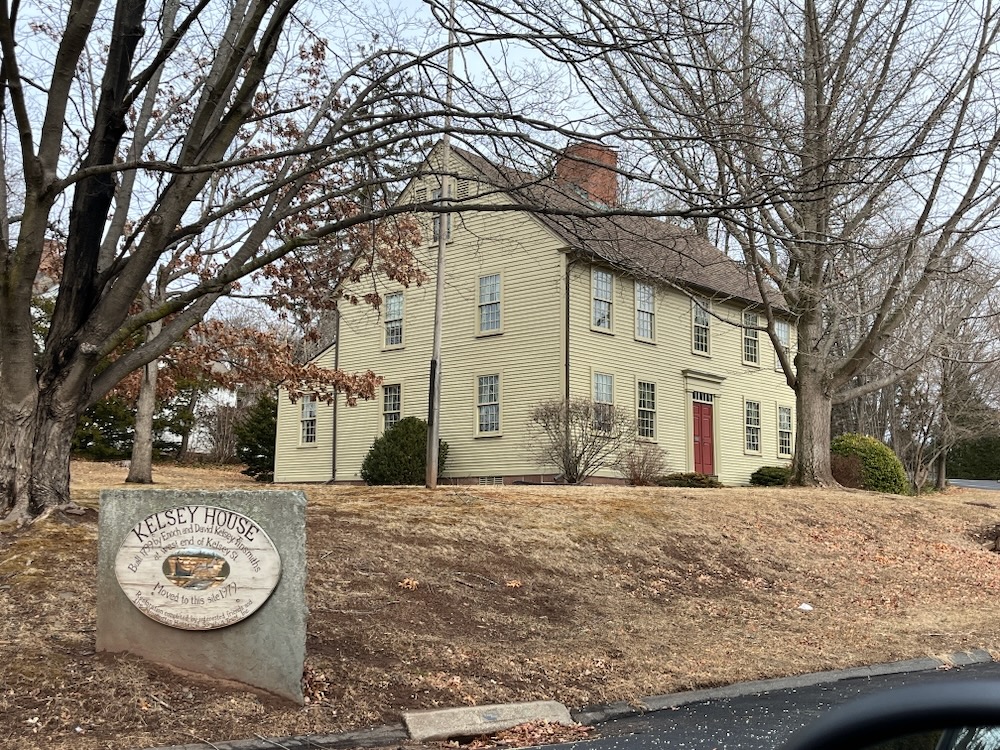
More eager than I was? Not possible. This house was the very last place for me to visit in Newington before I could call the town CTMQ-complete. I was over the moon they could let me visit in January. But still… something was off. Is the Newington Historical Society really this nice to everyone? Did my celebrity status in the close-knit Connecticut museum world precede me?
A date was set but then postponed due to the docent falling ill. I received a kind note and apology and offer of another date a week later. This isn’t normal, but I liked it.
The day came and I entered the very attractive old colonial. A gentleman greeted me with a warm handshake. His name was Jim. (I believe Jim Late, the president of the Society. Only the best for me.)
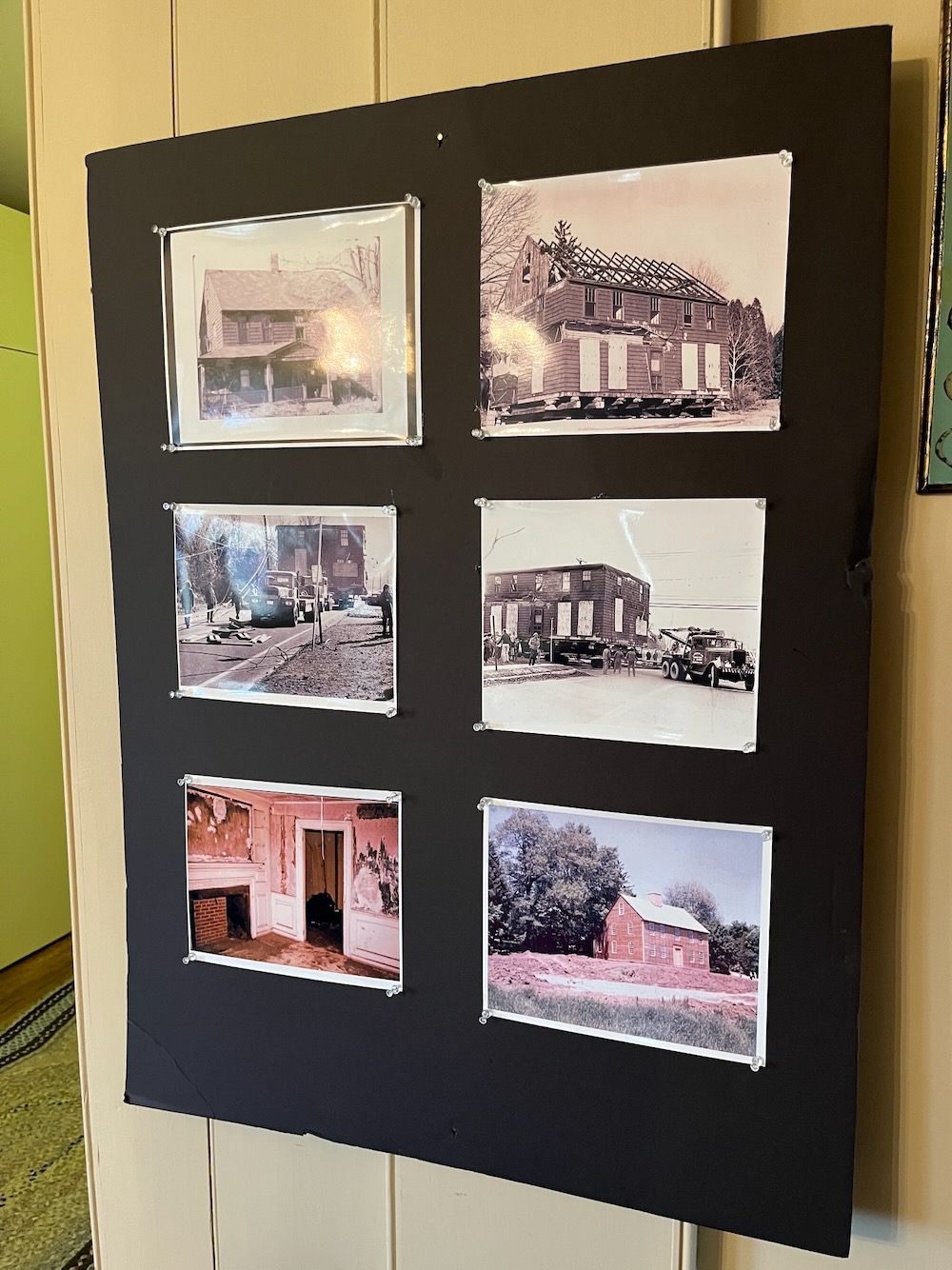
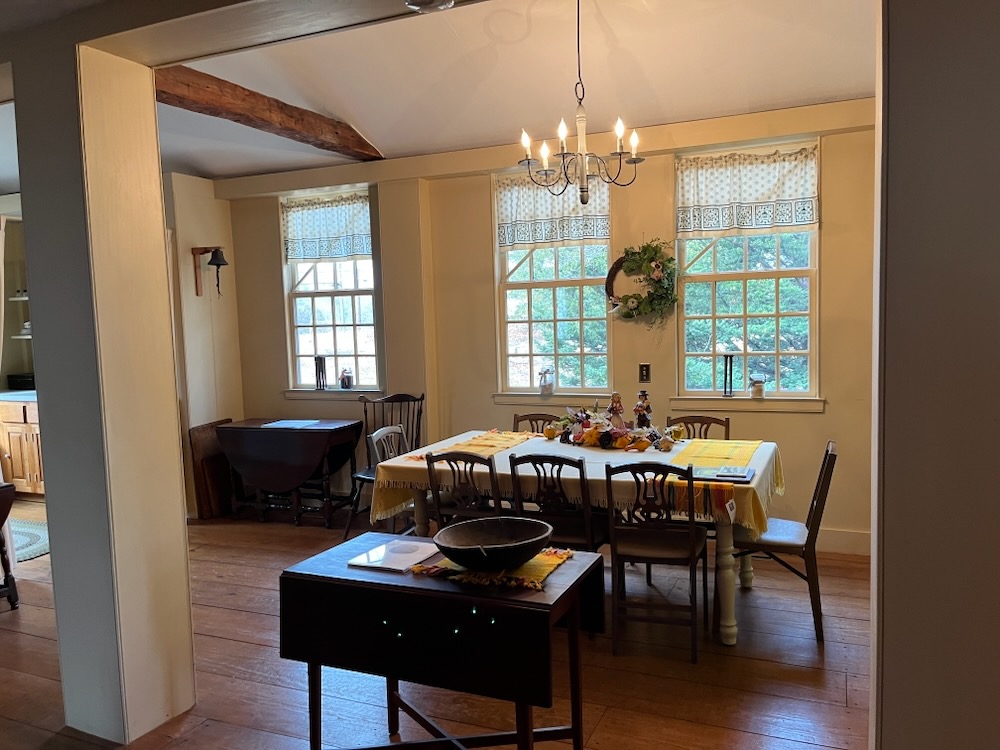
“Thank you for opening the place up for me,” I said.
“My pleasure! Now, you were mayor of town how long ago? At least 10 years ago, right?”
“Um…” It all made sense now. The VIP treatment. The heat in the house cranked up. The deferential emails.
“… um, no. I’m not that Steve Wood(s). I’m a different Steve Wood.”
Disappointment creased Jim’s face. I thought I detected a slight wince of pain. I was just some doofus who shared the name with Newington’s former mayor? Awwwwkwarrrrd.
I tried to break the tension by telling the story of how I became fleeting online friends with Mayor Stephen Woods back in the day, and it seemed to work. While I’m not a mayor, an ex-mayor, nor will I ever be a mayor, I can be mildly charming in a pinch. Let’s tour!
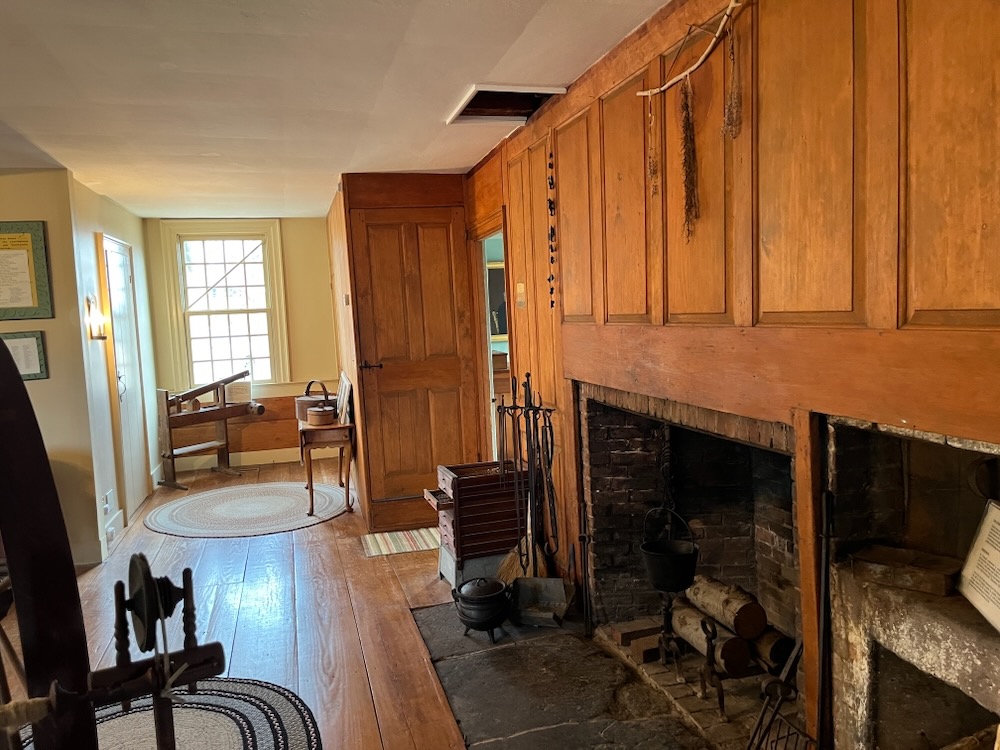
The fact that this house stands today is a testament to historic preservation and some exceedingly dedicated folks. Enoch Kelsey was a prosperous farmer and tinsmith in the late 18th century. The house was built by Enoch and his son David in 1799 in the southwestern section of town. It was moved to its present location by the Newington Historical Society and Trust in 1979 and how that happened is quite a story.
The house was doomed. In the way of progress (a highway). The bulldozers were already on site when Elizabeth Sweetser Baxter, the town historian, arrived to inspect the house on a March day in 1979. Mrs. Baxter and six friends came armed with putty knives because Mrs. Baxter had learned there might be historic paintings hidden beneath the paint in the house.
There were. Lots of them.
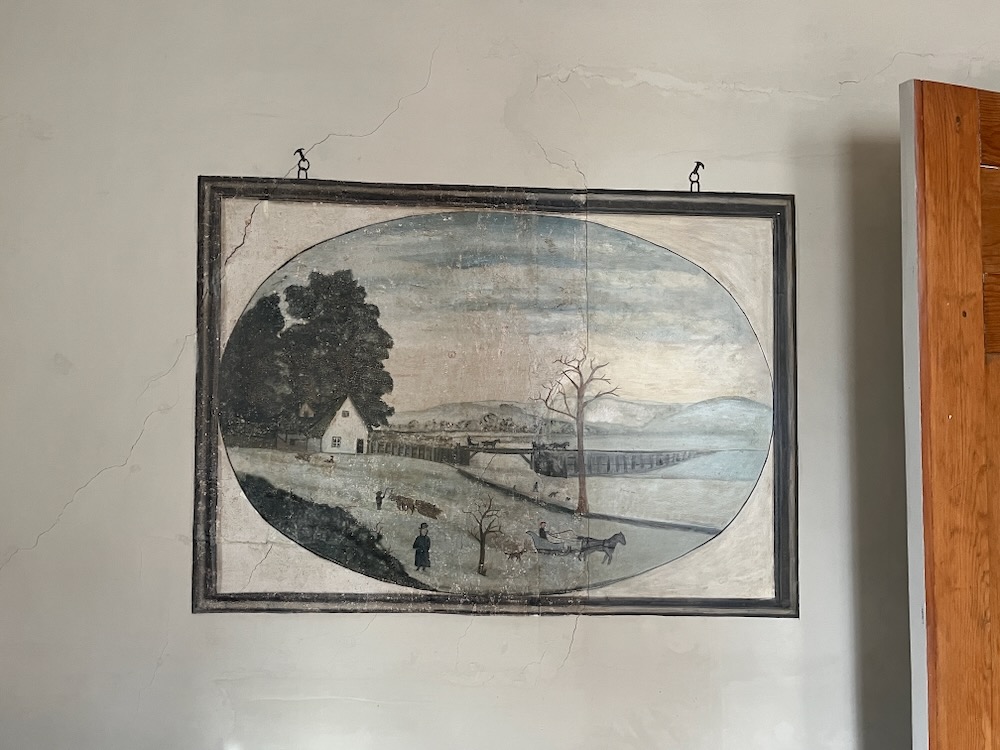
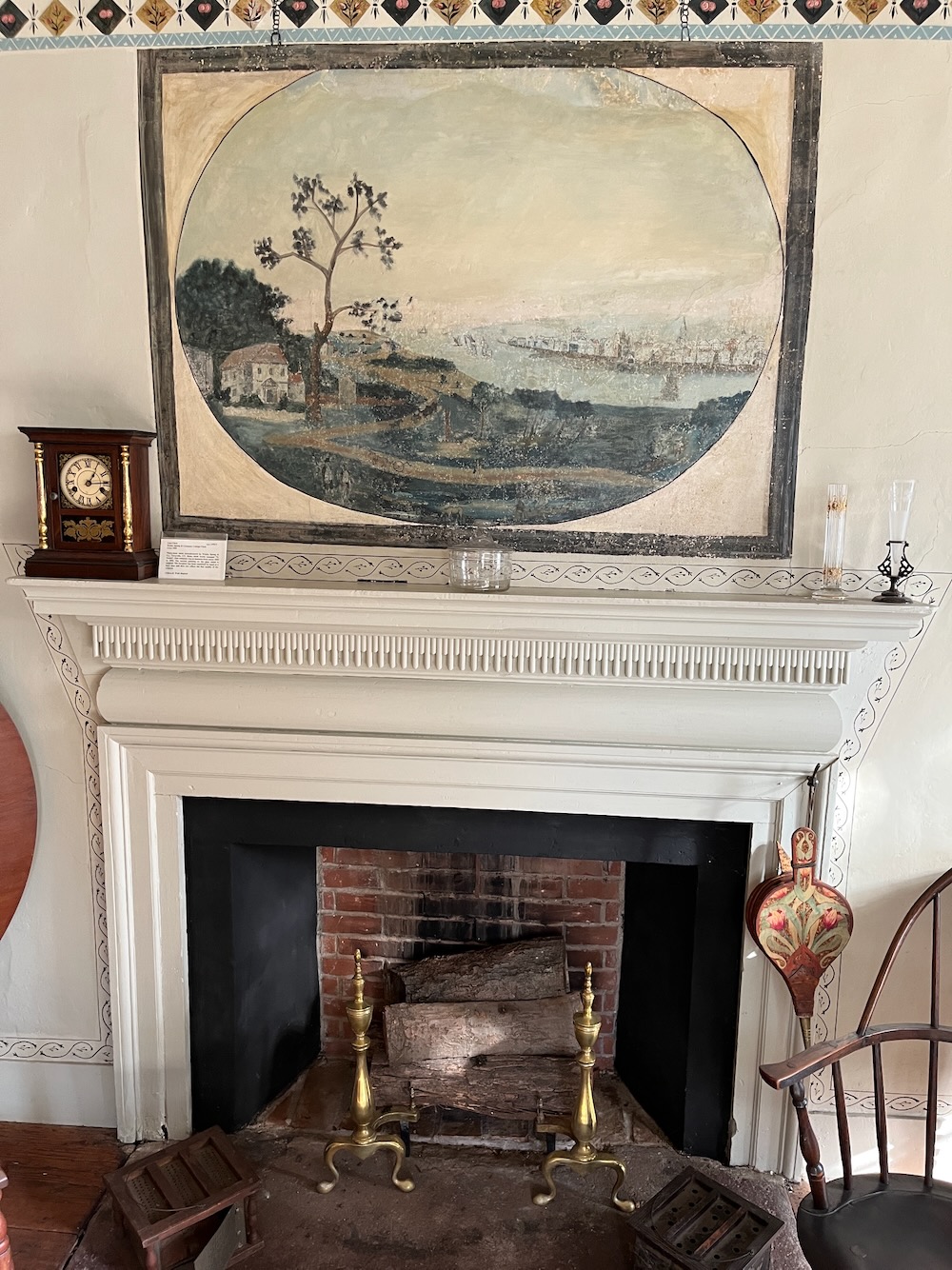
Mrs. Baxter discussed the house with the State Historical Commission, which called in experts in historic decorative painting. Soon there was strong feeling that the house must be rescued. Demolition was delayed for a month while townspeople mobilized to restore the building.
A slew of volunteers began poking and prodding at the old house. Underneath all the paint layers and wallpaper and vinyl flooring were the bones of a unique and well-built historic house. Hundreds of thousands of dollars were raised for the restoration and relocation across town, to a parcel donated by a local doctor named Gideon Wells.
More volunteers set to work on the house and frankly, they did an absolutely incredible job. What could be saved as original has been saved, and what needed to be touched up was done by people who knew what they were doing. And my guide was clearly proud of all of that work, and was happy to show me, the lesser Steve Wood, around.
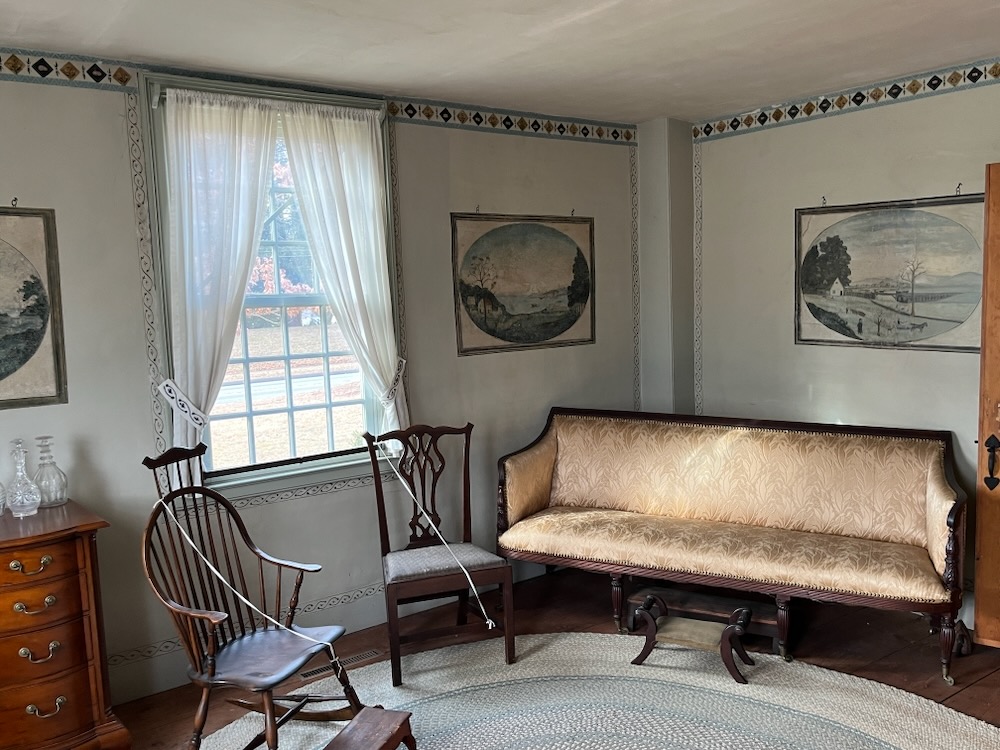
After I learned all of the above backstory, we wandered through the kitchen to the open hearth and the original beehive oven. I heard the usual explanations of these ovens and kitchens and warmth, but then was shown the back of the beehive oven. There is a sheet of tin, or rather, several small pieces of tin smithed together. It is assumed that Enoch Kelsey did this work himself – being a tinsmith and all. The Historical Society also found a tinderbox hidden among the brickwork – also presumed original. Cool stuff.
But not the coolest aspect of this house. Not even close. We walked into the next room and the pride shone on Jim’s face.
The walls of the house are covered with paintings. Here, in the southwest parlor of the house, there are four painted scenes. These are considered to be excellent examples of the trompe l’oeil style. These four scenes are painted directly on the walls, but, thanks to painted-on picture frames and hanging hooks, are designed to fool the eye. The scenes depict a seaport, figures strolling in a walled garden, a winter scene and a farm scene. These are not common finds these days and experts have assured the Society that the paintings are “a major find in the field of early American decorative wall painting.”
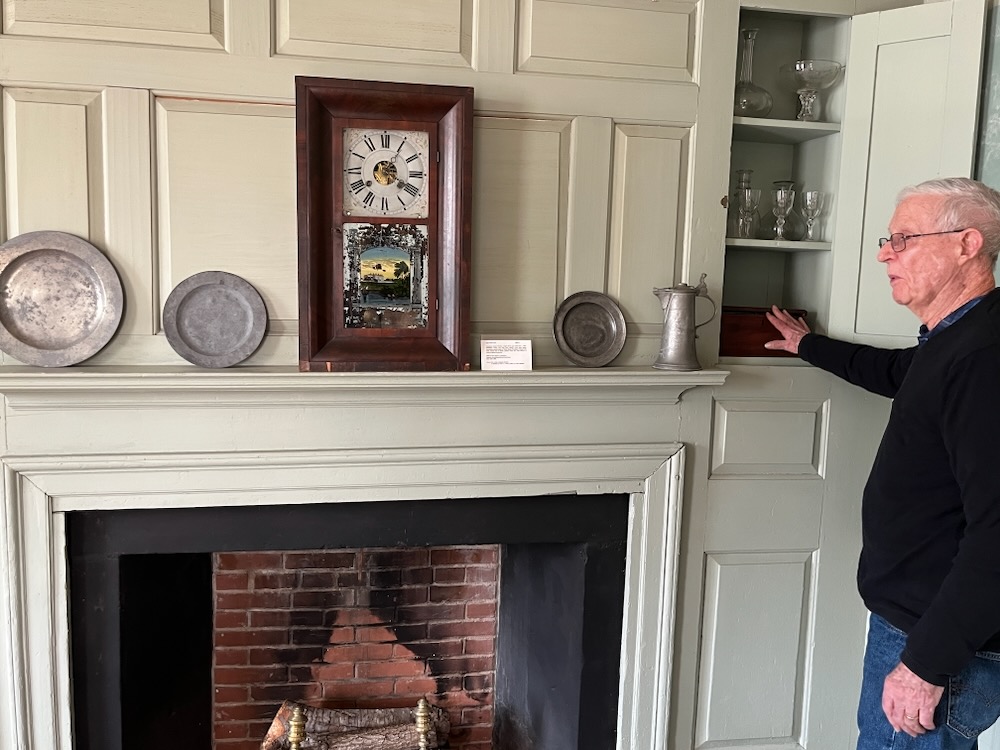
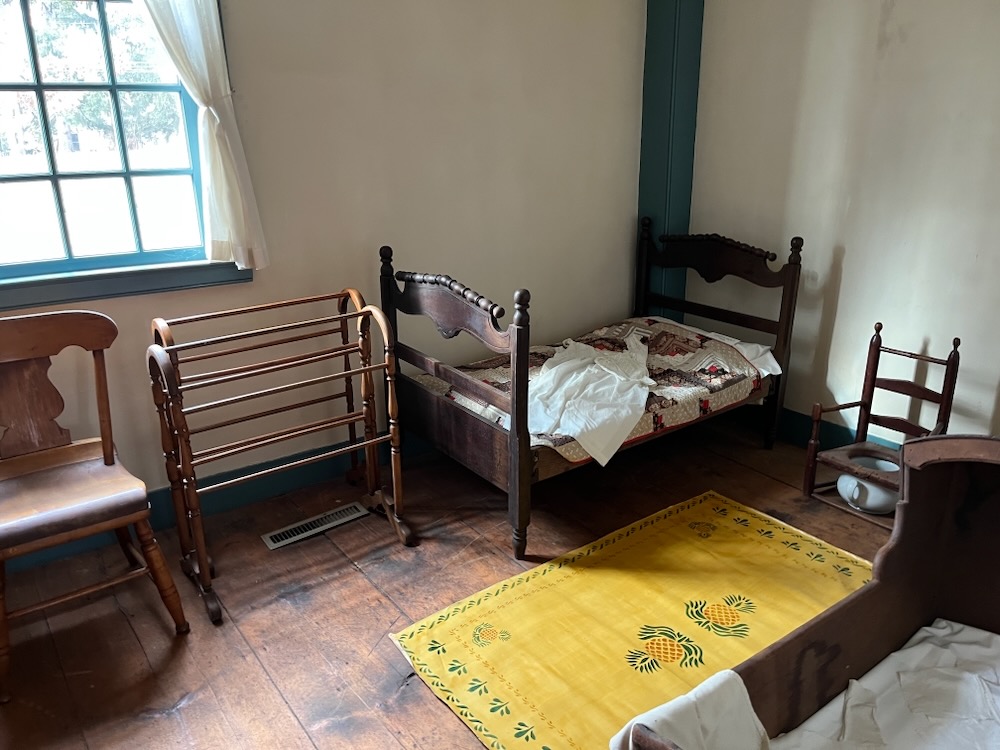
These are not the only significant wall paintings. The other rooms feature decorative wall painting, which was often done in the 1800’s to simulate wallpaper, which was expensive.
The rooms downstairs are bordered with such paintings, while upstairs they are even more striking, covering the walls with a diamond-shaped pattern of vines and sprays of roses. These have been repainted over the originals, or done in the exact style of the time. It’s incredibly busy, sure, but it’s also incredibly cool. The amount of painstaking effort the volunteers put into these walls in incredible. (The painted scenes downstairs were handled by an expert professional.)
A beautiful double dresser of some sort sits in a bedroom and I was told that it was made in Wethersfield. Apparently, any dresser with the fylfot design is pinned to the town. So in one sentence, I learned the word “fylfot” and what that design means to antique American furniture fans.
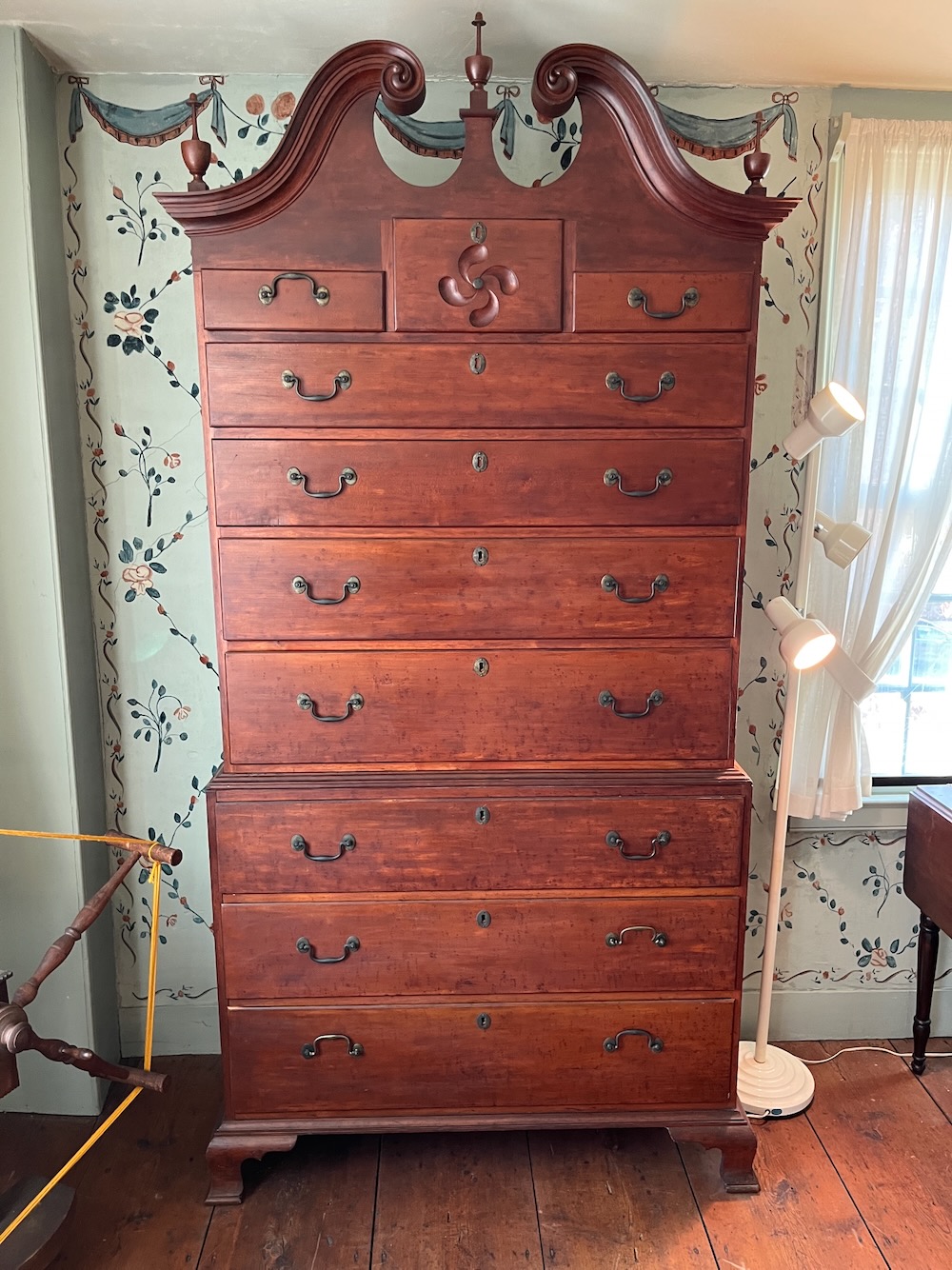
That thing in the middle up top is a fylfot, which by definition, is a type of swastika. Now you know.
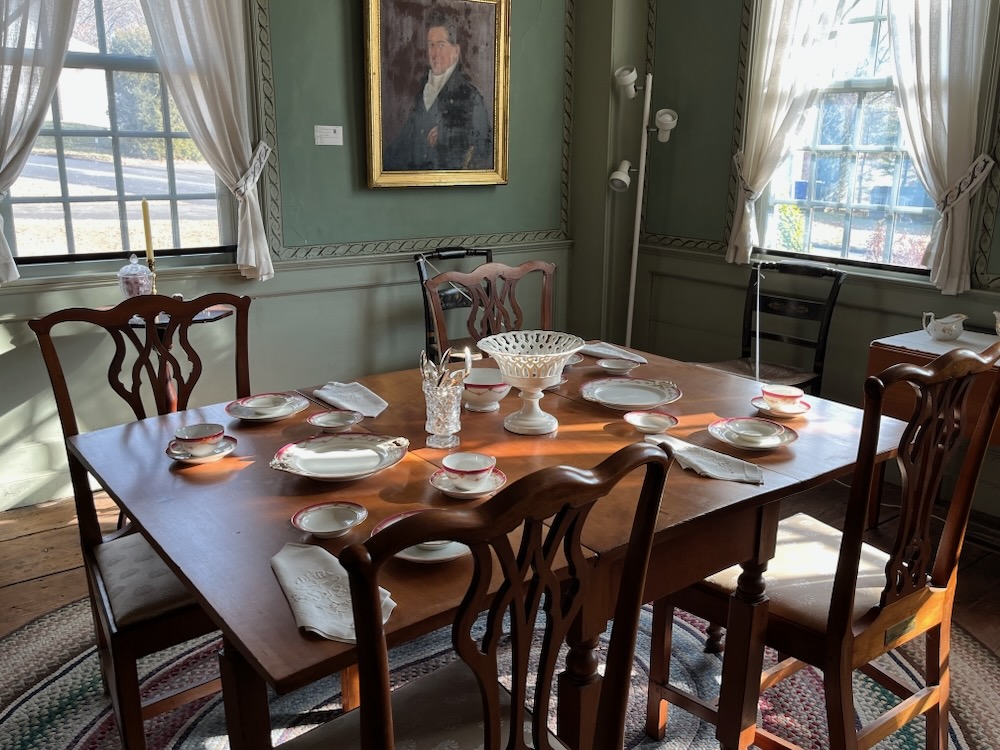
The last room on the tour was the loom room. There are several working colonial era/type looms here. These things always look so complicated to me, so imagine my surprise when my genial host took a seat and started weaving a placemat. That’s right, the Newington Historical Society makes placemats on their old looms to raise a few bucks for the organization. In fact, for the first time in my life, I attentively watched how the over-under process of working a loom actually works. They look so complicated and frail, but… now I kind of get it.
The large loom here had been in one Newington family (and used) since 1822. They donated it to the Society with the stipulation that it must be maintained and actually used with purpose in perpetuity. Again… cool.
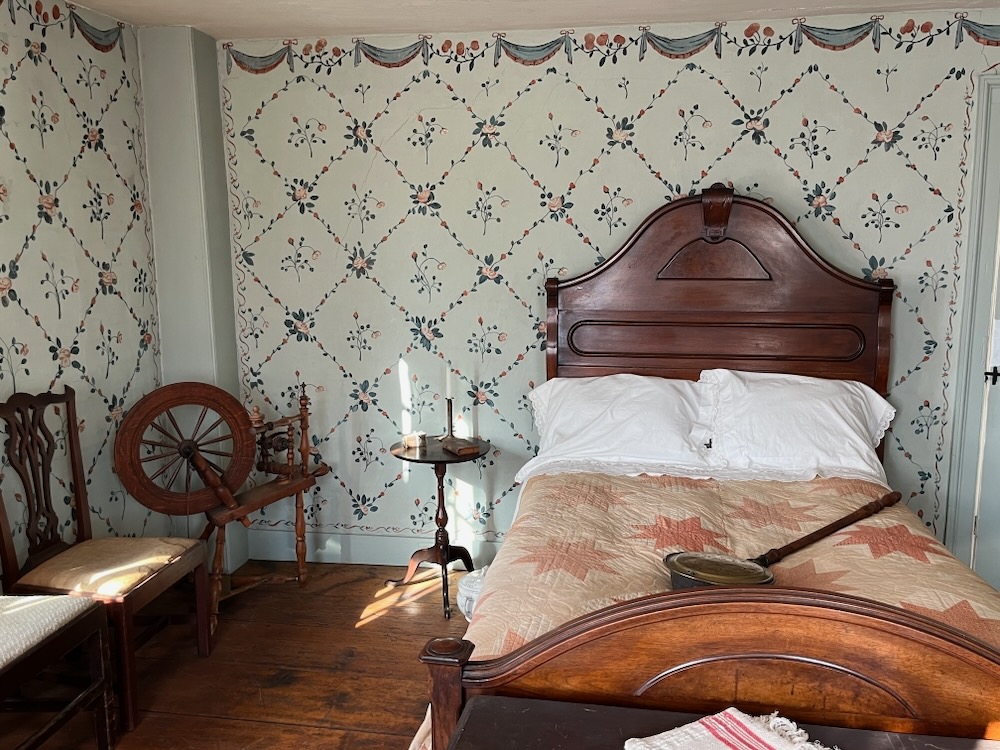
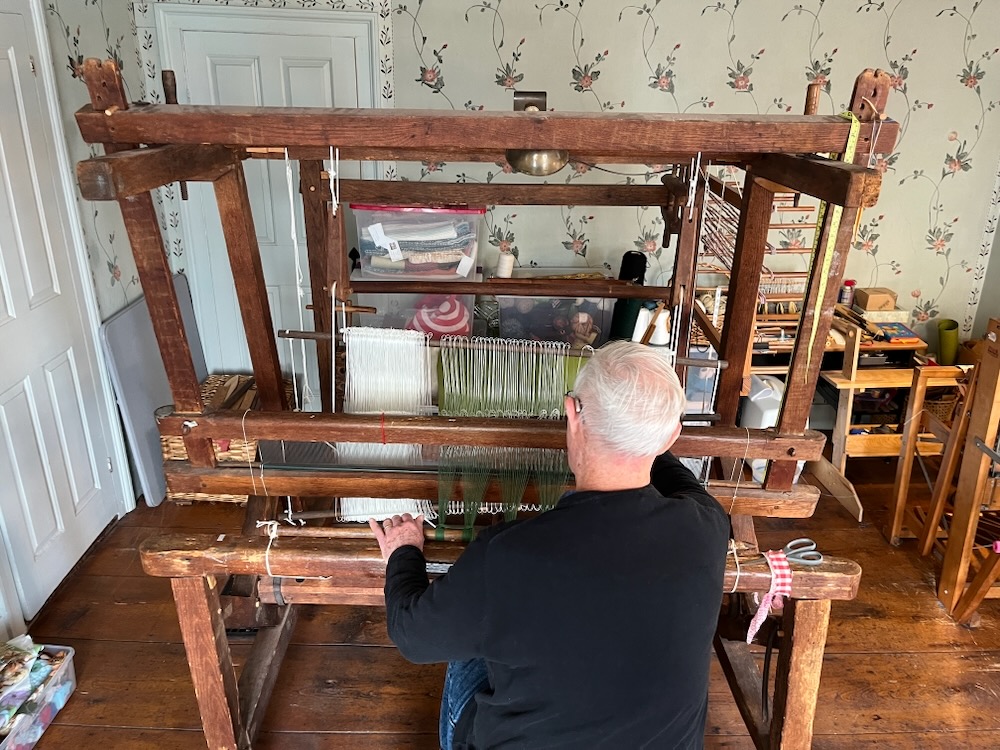
I do hope (former) Mayor Steve Wood(s) is still around the area and visits the Enoch Kelsey House if he hasn’t already. I don’t want the fine folks who volunteer there to hold on to their disappointment forever. But I won’t harp on it.
After all, Enoch is Enoch.
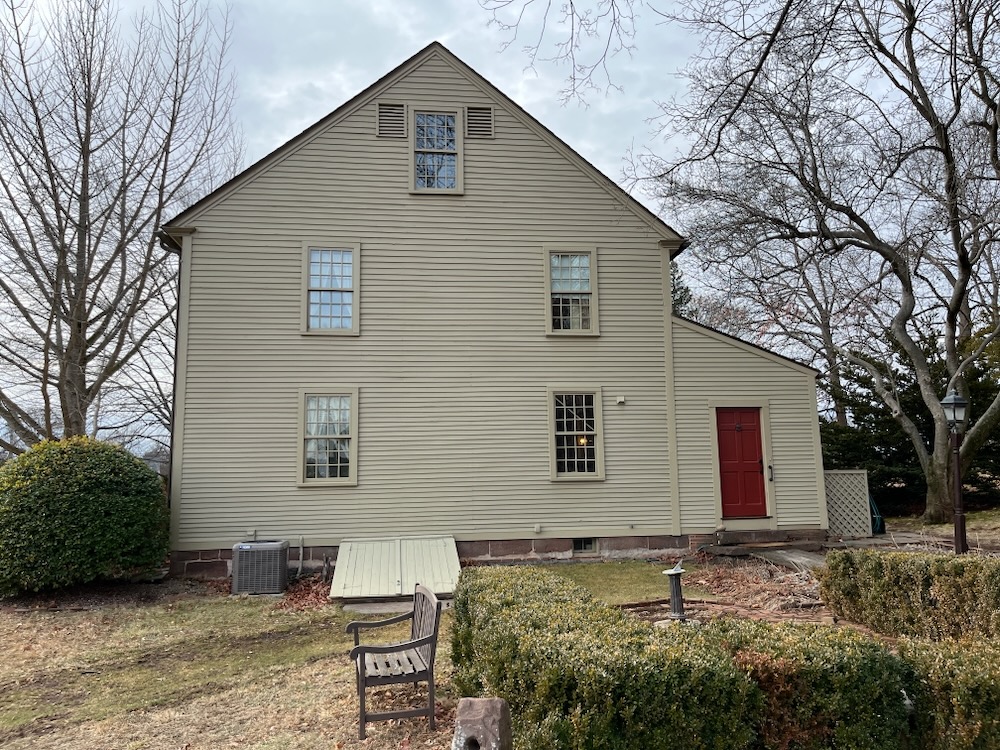
![]()
Newington Historical Society
CTMQ’s Museum Visits

 Jamie Meyers says
Jamie Meyers says
February 10, 2025 at 7:28 amFunny, I knew the Newington mayor who succeeded the “other” Steve Woods. Roy Zartarian was a birder and fellow member of Hartford Audubon Society. He passed on a year or two ago, unfortunately.
 Sophie says
Sophie says
February 22, 2025 at 10:21 amIs there anywhere in CT where you can learn to use an old loom? I think that would be really cool.